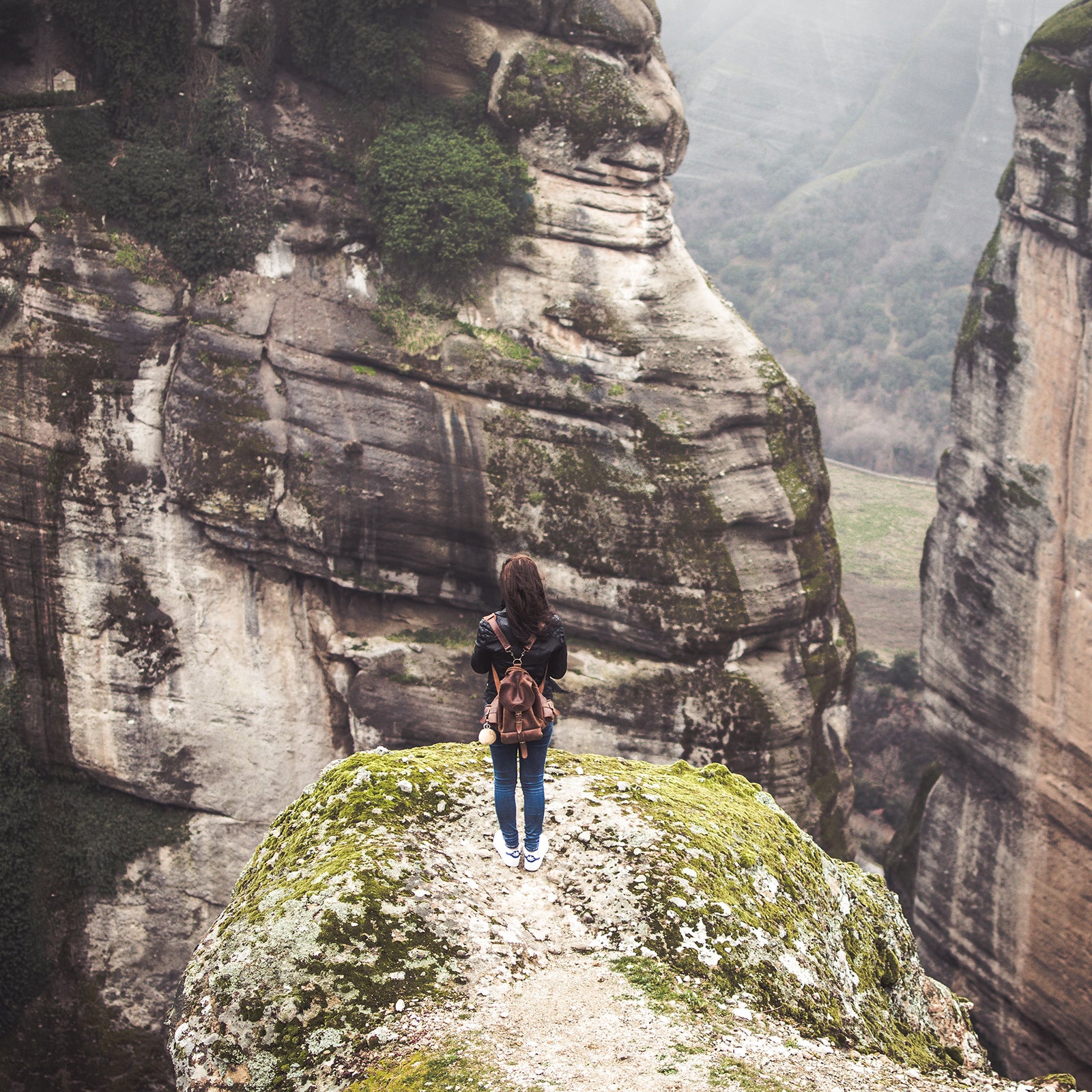How many of us have carefully packed our carry-ons with everything we need for a flight, only to have the gate agent hand over a pink tag and check it due to a lack of overhead bin space? Or experienced a lost or delayed gate-checked carry-on? Not only are these occurrences all too common, but a number of budget airlines, like Allegiant, Frontier, and Spirit, are now . That could also soon be the case for Delta, which just it’s going to start a $59 subscription service for priority boarding that will basically guarantee overhead bin space for the registered few, leaving the rest of us more susceptible to having our bags checked at the gate. All this considered, the one personal item is becoming the last bag travelers can depend on.
While it may seem impossible to cram everything you need into a bag that’ll fit under the seat in front of you, with the right gear and a few tricks, you can easily bring enough for a short weekend trip in your personal item.
The Bag
Your personal item should be a backpack, not a briefcase or satchel. It’s easily the most versatile option: a backpack keeps your hands free in the airport, and you can use it on day hikes once you get to your destination.
As a gear tester, I have a lot of backpacks—my garage and closets are jammed with all sizes and styles—but I always reach for the same one when I head to the airport: the ($119). This is a simple and well-thought-out travel bag, with just enough room and organization for the essentials and none of the excess pockets or hidden storage compartments you tend to find (and never end up using) in expandable bags or backpacks. There’s a clamshell-style laptop compartment, with a tablet sleeve that makes it easy to take your large electronics out while in the security line, a few internal organizers for small electronics, and a soft exterior pocket on top for sunglasses or a phone. Its back has a pass-through panel for your carry-on-bag’s handle. I’ve never had issues fitting it under the seat or in the overhead bin, even on those tiny prop planes.
Technology and Travel Documents
Even if your bag has some internal pockets, a dedicated technology organizer will help maximize your limited space and save you from the headache of tangled wires. The smart accordian shape of the ($60) fits a surprising amount and zips down small. In addition to my phone, multiple chargers, backup batteries, headphones, and spare SD cards, I also use it to store a couple of pens and my travel documents for protection and quick access. Having everything inside a separate, weatherproof pouch allows me pack it on top of bigger items, like a jacket, and keeps my electronics safe from beverage and snack spills.
Toiletries
Consider a separate toiletry bag (or Dopp kit) for organization and to keep liquids contained. Peak Designs’ ($60) has thoughtful features, like a magnetic toothbrush holder and silicone-coated inner pockets that are easy to clean. If you want something simpler, Eagle Creek’s three-liter ($25) is a bit smaller but still holds enough for a long weekend. It stands up on its own on a counter and has a sealed, water-repellent interior. If you’re looking for more built-in features, Sea to Summit’s ($37) includes a shatterproof mirror and extra pockets, but it runs bigger.
Along with packing travel-size toiletries for items like deodorant or a toothbrush, transfer liquids into more space-saving containers. For soaps and shampoos, I use ($35), which are made of welded fabric and lay flat, making them easier to wedge between other items, and far more durable than your standard plastic TSA-approved bottles.
Clothing
I tend to also bring one outfit of lightweight, versatile pieces, including a , a , and a that I’ll have in addition to what I wear onto the plane. That way I’ll always have a full set of clothes when I need to launder the other. A final pro tip: rolling your clothes instead of folding them, and putting them at the bottom of the bag, usually creates the most space.


